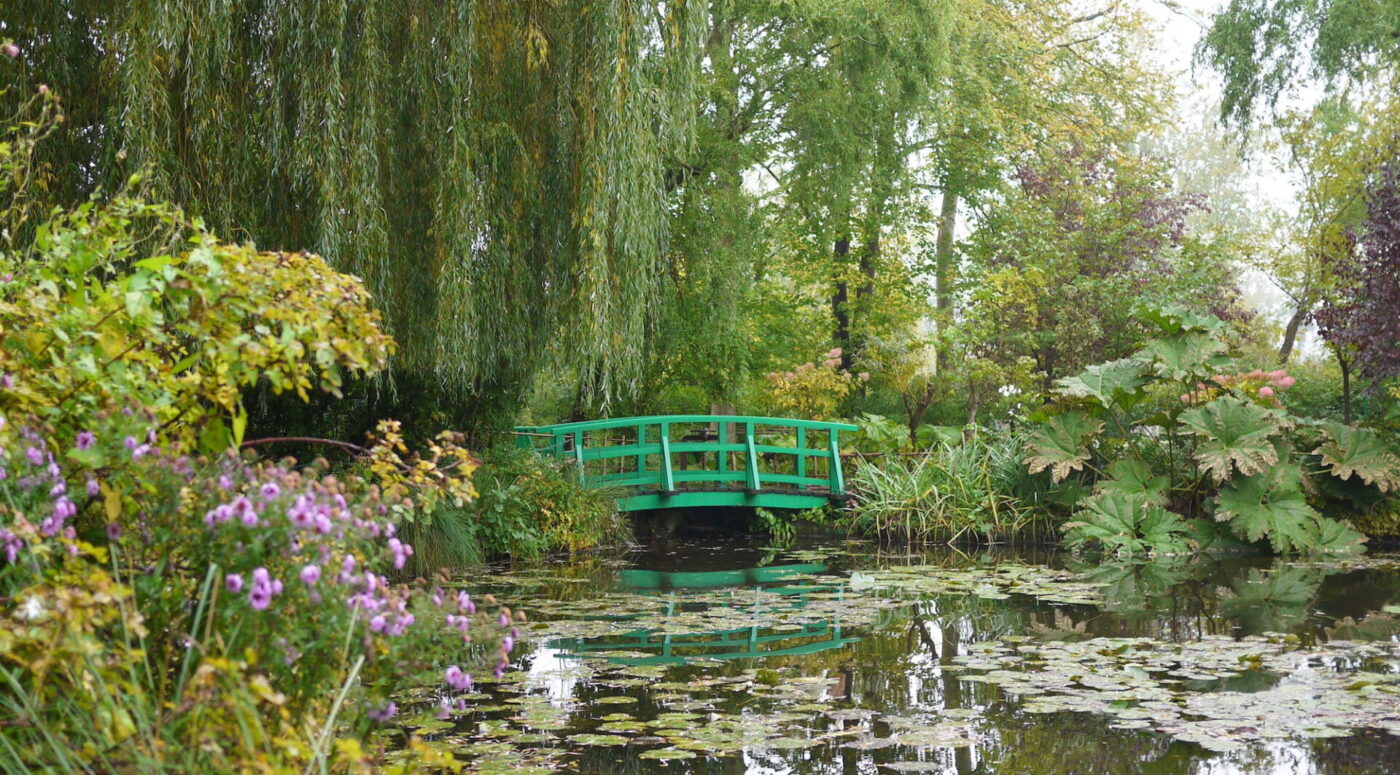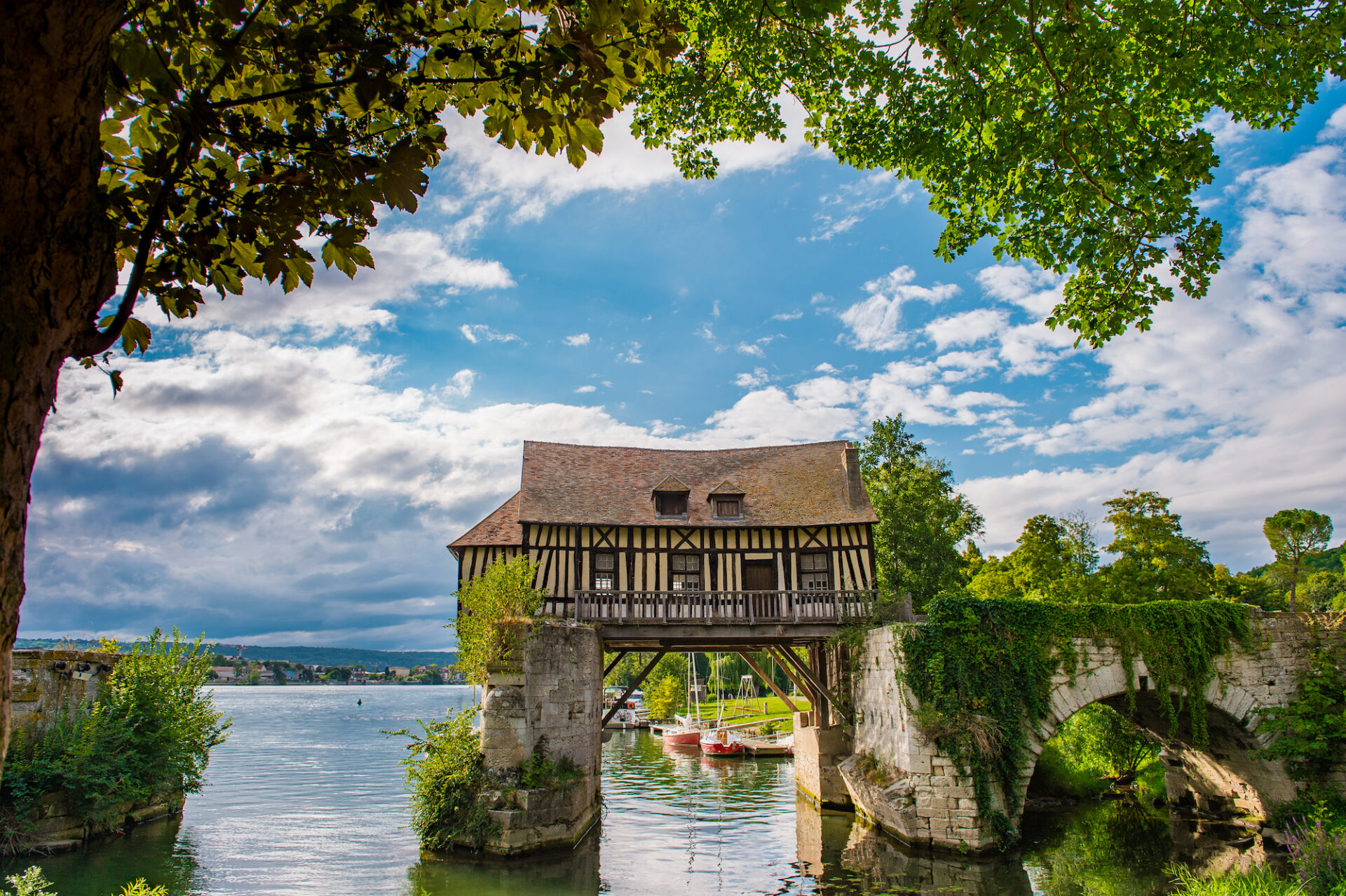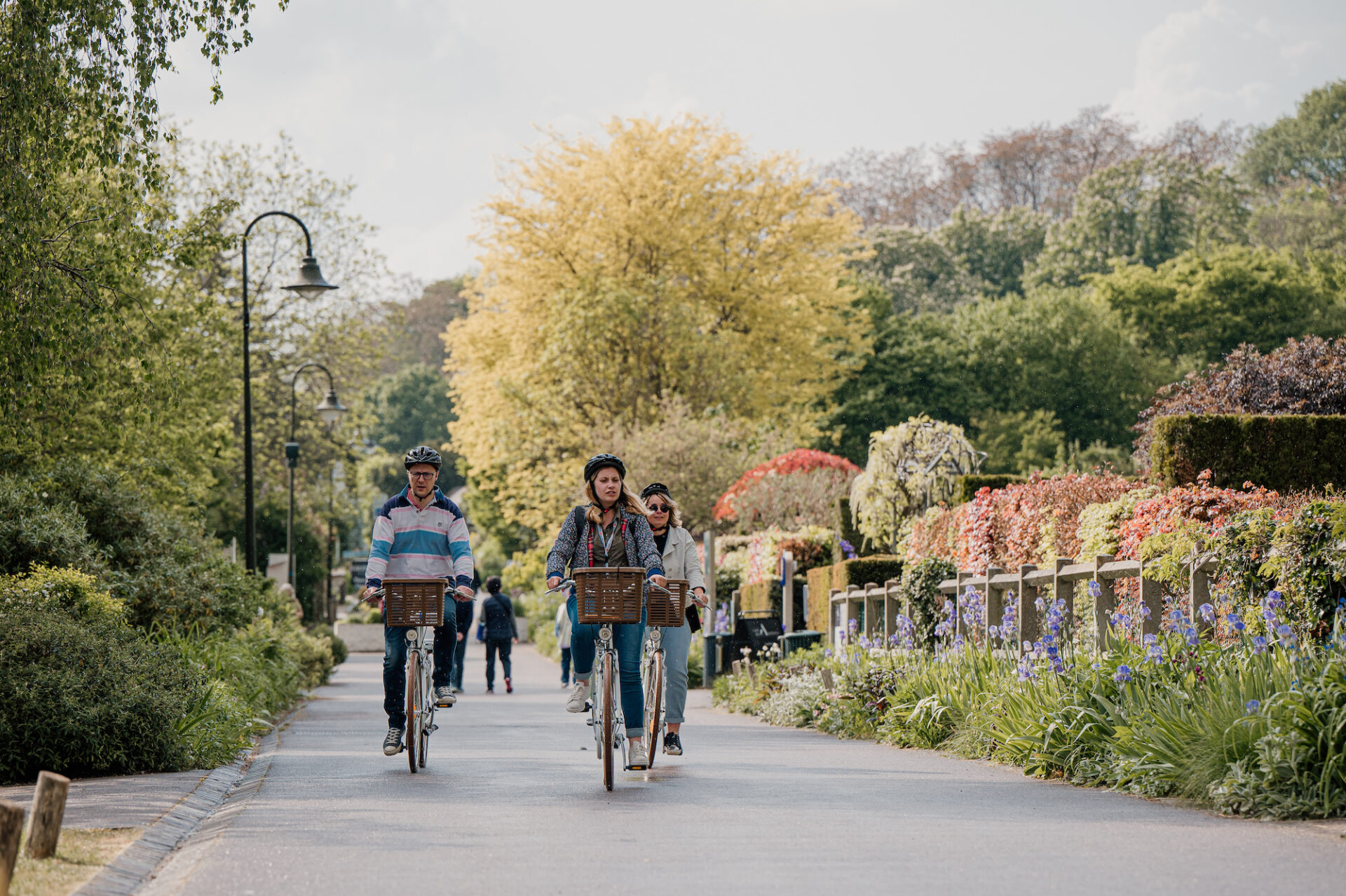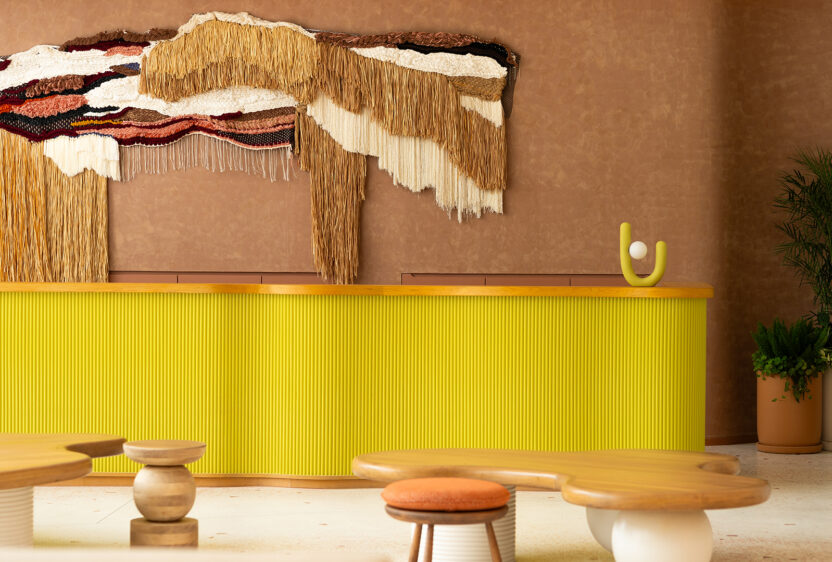“I feel like I’m in an Impressionist painting,” I call out to my partner as we pedal along a bike path in northern France, passing by blooming apple trees, colorful tulips, lush green fields and quaint stone houses in the warm, late March weather.
We’ve just disembarked from the Viking Skaga river cruise ship in Vernon and are following our guide, Chloé Savart, on cruiser bikes on a path winding along the banks of the Seine River. On this excursion, offered as part of Viking’s Paris & the Heart of Normandy itinerary, we are spending the day on two wheels, exploring the life and legacy of French painter Claude Monet.
Thirty or so minutes after leaving the ship, we arrive in Giverny, where the master of Impressionism spent more than half his life – from 1883 until his death in 1926. While living in this quaint Normandy village, 75 kilometers northwest of Paris, Monet painted some of his most iconic works, including the famed “Water Lilies” series, which are on display at the Musée de l’Orangerie in the French capital.
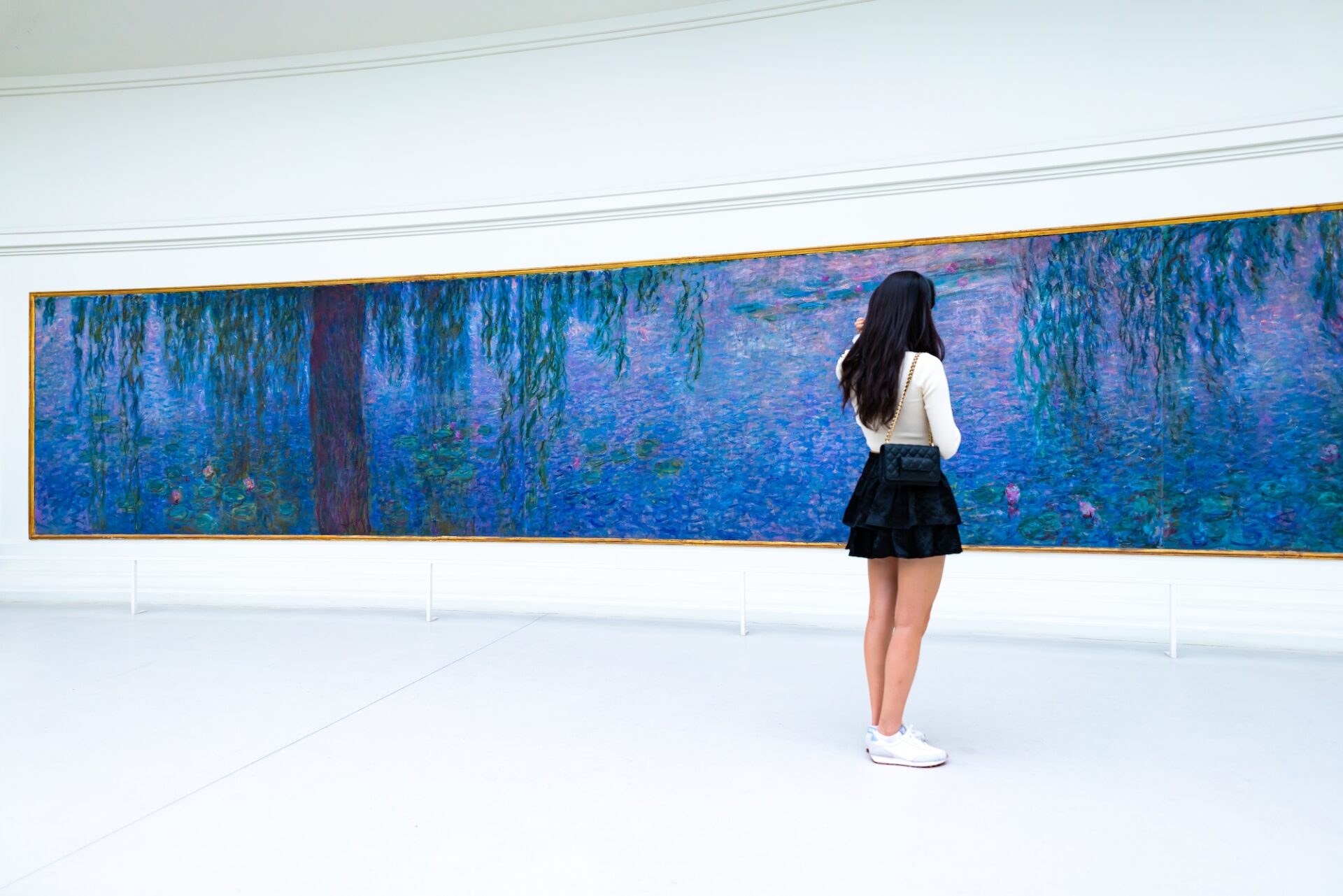
Monet’s final resting place
Our first stop is the Église Sainte-Radegonde de Giverny, the town’s small, Romanesque church and the site of Monet’s white marble tomb. Standing in the bright, mid-day sun, Savart gives our tour group a quick synopsis of Monet’s life.
Born in 1840 in Paris, Monet moved with his family to the Normandy coast when he was just 5 years old. He took up drawing at a young age, creating caricatures of his friends and sketching sailing vessels on the English Channel.
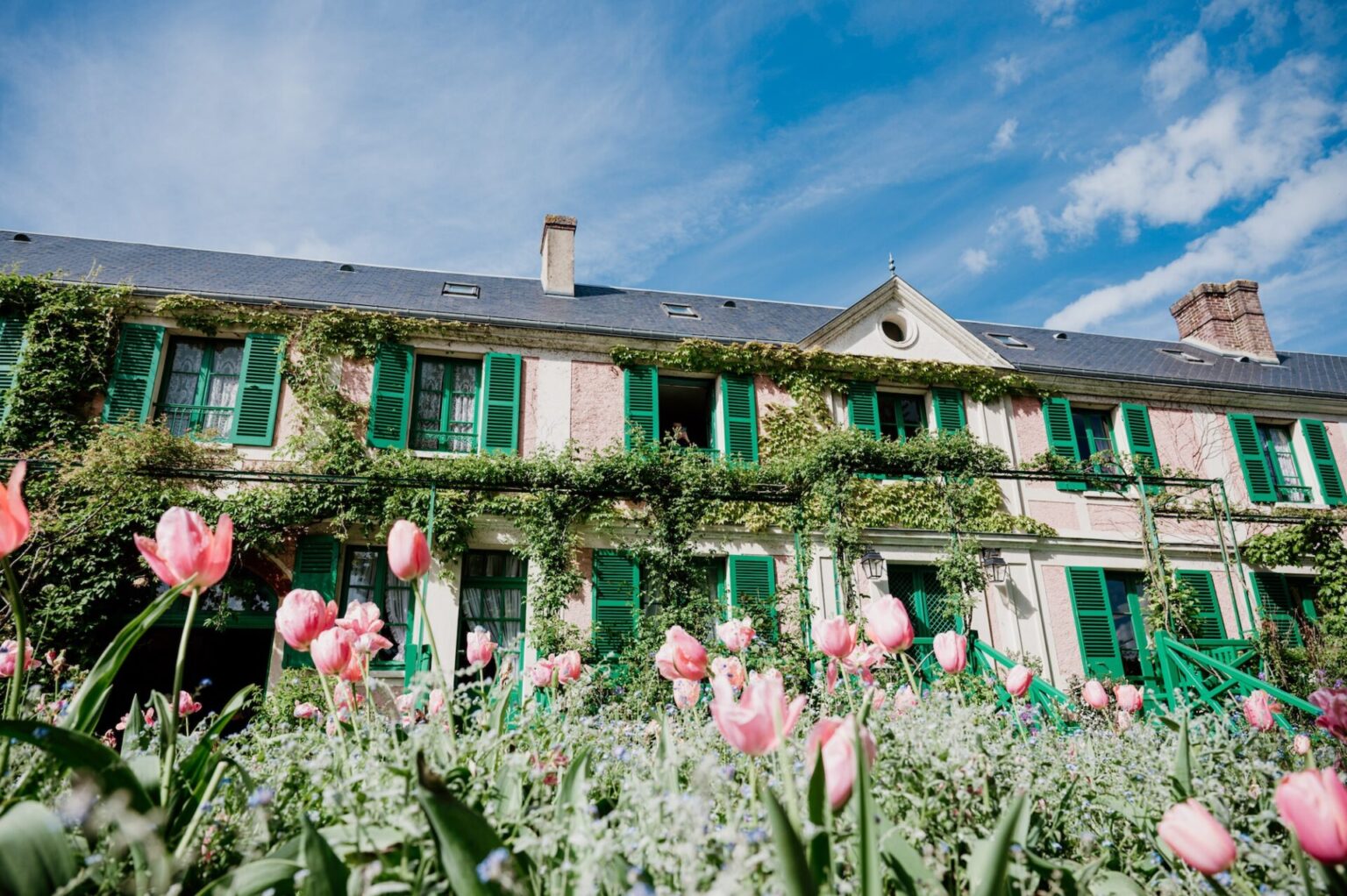
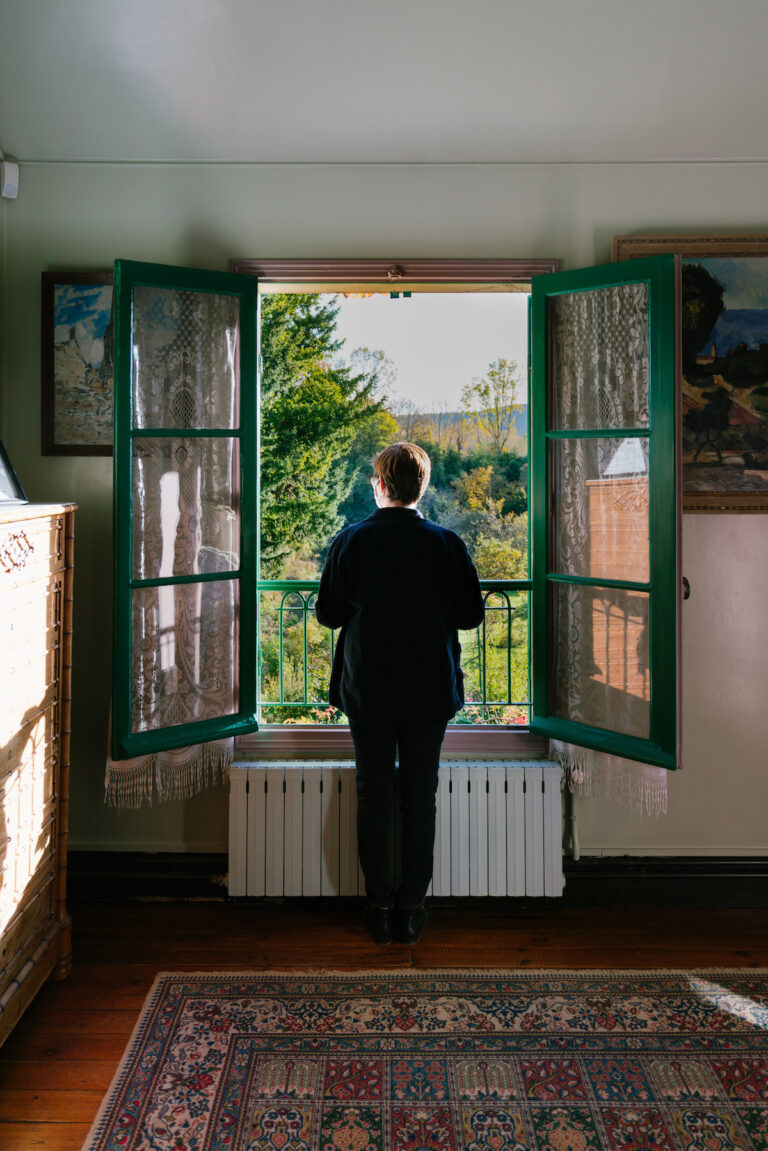
As a young adult, Monet moved to Paris to pursue a career as an artist and, though critics liked some of his early work, he struggled through an array of financial and personal hardships. Eventually, he achieved renown for his ability to capture the general mood and ambiance of the natural world in his paintings, a style that became known as Impressionism.
After briefly wandering inside the church, where Monet’s funeral was held in 1926, we clamber back onto our bikes. As we pedal through the street, Savart points to a historic brick building that houses Restaurant Baudy. Here, Monet used to spend hours relaxing and bantering with other artists, Savart says.
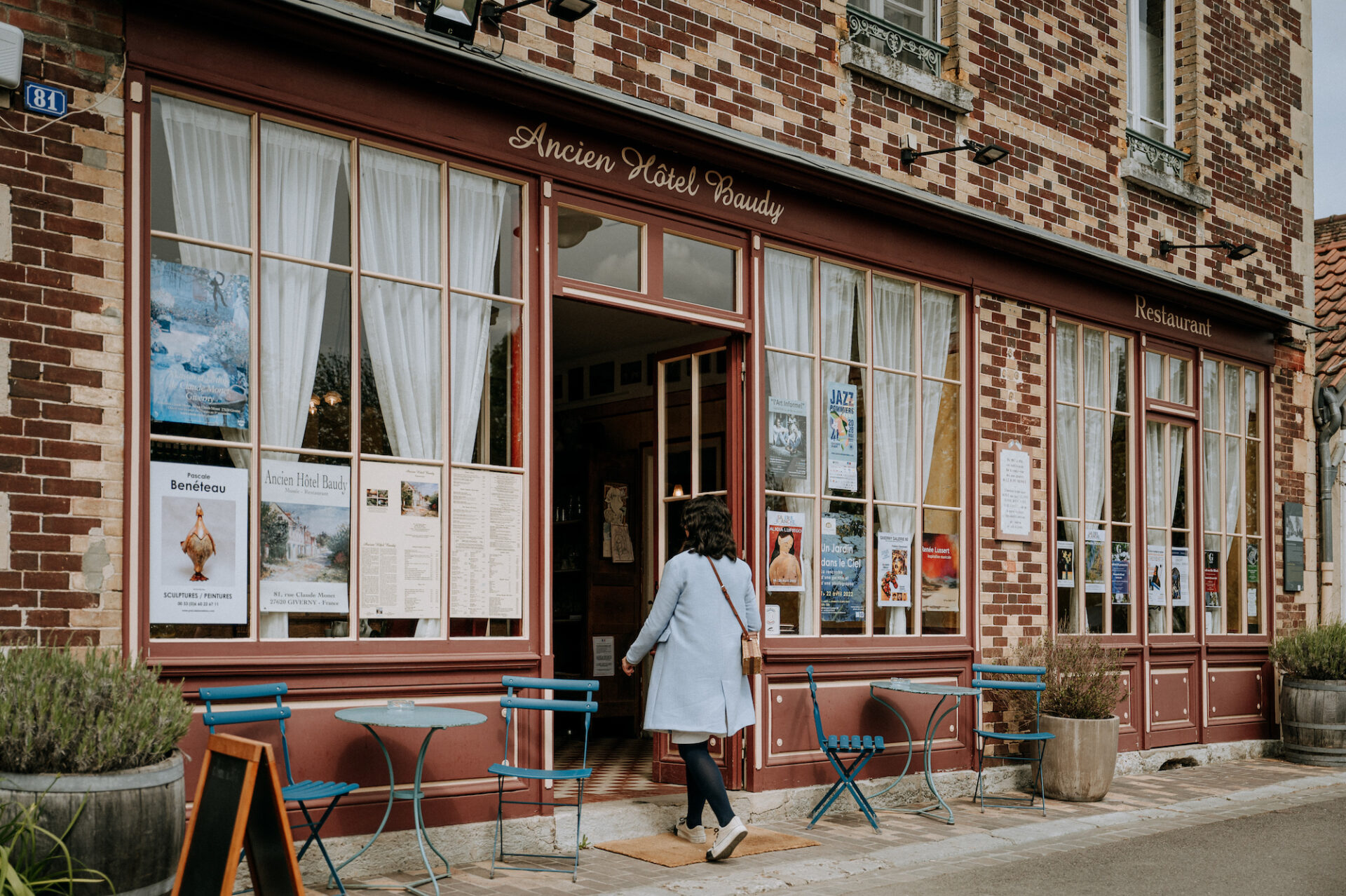
Building his gardens
A few minutes later, we arrive at Monet’s longtime property, now a museum maintained by the Foundation Claude Monet. When Monet and his family moved to Giverny in 1883, they settled in this pink stucco farmhouse with green shutters surrounded by an apple orchard, Savart tells us.
Almost immediately, Monet got to work transforming the landscape into a lush, colorful garden that served as one of his main sources of artistic inspiration. In the area surrounding the house, called the Clos Normand, he cut down most of the trees and replaced them with a variety of flowers, from poppies and daisies to hollyhocks and roses.


